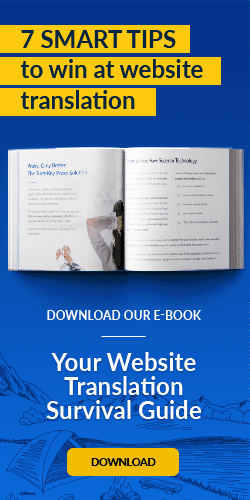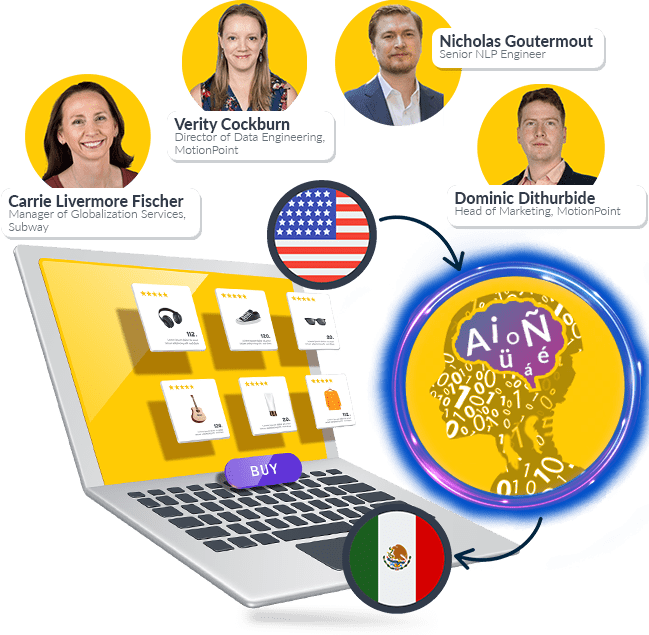Your domestic website is the best-and easiest-way to build credibility and loyalty for your business. As your company expands internationally, your websites serving global markets must do the same thing. And they must do it in the languages those customers prefer.
Managing your domestic site with in-house resources might be a straightforward process, but operating translated websites is a different beast. It takes people, effort and expertise that most teams don't have. It's often expensive, too.
Five Persistent Problems
You’re most likely to feel the pain in these five areas:
Speed to Market
The technical complexities and workflow challenges of website translation usually create major delays for in-house teams. It can take over a year—sometimes as much as 18 months—to launch multilingual websites. Within that time, competitors can enter, and conquer, those markets.
Further, when your in-country sales team requests digital content to support their efforts, they expect it immediately. They can't wait over a year for that content.
Your marketing team’s effort will grow exponentially—and in unexpected ways—if you operate multilingual sites.
Lean Teams
Many industries embrace a "lean" philosophy when it comes to staffing and organisational balance. Teams are far smaller.
Do you work in one of these industries? Your small marketing team is already overextended, managing your company's domestic-market website. That effort grows exponentially-and in unexpected ways-if you operate multilingual sites, too. You don't have the linguistic fluency, much less the internal processes, to effectively manage website translation.
Cost
With in-house approaches, the costs add up fast. You may be in the actual business of marketing world-class products or services, but you'll soon find yourself bogged down in tasks beyond your comfort zone.
Suddenly you're in the business of hiring translators, editors and reviewers. And setting up servers. And QA'ing translations and functionality. And inventing and maintaining translation workflows. And more.
Technical Compatibility, Flexibility, and Ease of Use
It's hard finding technologies that properly support multilingual websites. They must play nice with your tech stack now and in the future.
Unfortunately, your CMS won’t be a sustainable solution. CMS multilingual features are often undercooked, and require a lot of manual effort to work properly. For instance, they're not integrated with translation workflows, so your team must extract translatable content and send it manually to agencies, or develop and maintain connectors / APIs. They’re also susceptible to failure if a website’s structure changes, or undergoes a re-platform.
On-Going Maintenance
Remember, the project doesn't end when your multilingual site goes live. When new content is published on your domestic site, your global sites must be updated, too. You'll also be the watchdog for the site's functionality, usability and uptime-and the overseer of its business performance, powered by international SEO, localised social content and more.
Look for Powerful Solutions
These are just a handful of obstacles that can delay, or outright derail, your online expansion into global markets. But it's not all bad news-these challenges can be sidestepped altogether by using the right website translation solution.
The best solutions fully translate and launch websites in as little as 30 days, and publish new translated content in about one working day.
As you explore your options, look for solutions built with the express purpose of minimising the operational complexity and cost of website localisation. Fully turn-key approaches are especially effective, since they manage, monitor and host your multilingual website for you-which eliminates in-house effort at launch and on-going.
Fast deployment and translation updates are also critical. The best solutions can fully translate and launch websites in as little as 30 days, and publish new translated content in about one working day.
These solutions have technologies that handle all the under-the-hood complexities that make website translation such a burden for your IT team, too. The best use superior proxy-based technology that can be used with any tool, handle any site, and read any programming language.
That means the solution gets along with your CMS, while providing thorough—and brand-perfect—translations for your online and multichannel content, all around the world.
Last updated on September 30, 2020


